9 Effective Retail Space Planning Strategies and Steps
Discover key strategies and steps for effective retail space planning to optimize layout and enhance customer experience with proven design techniques.
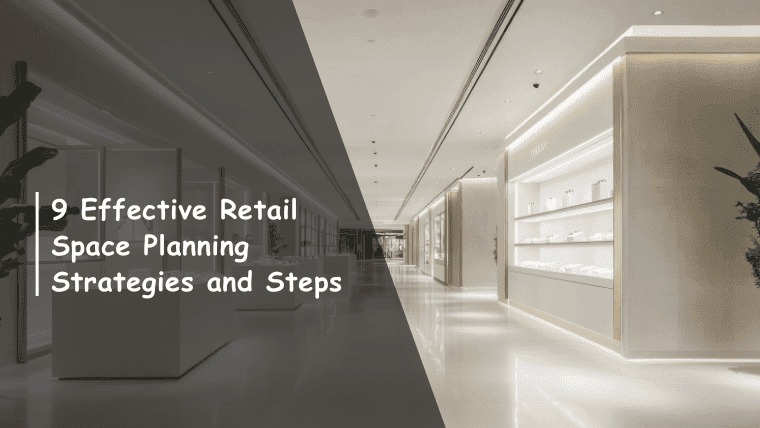
Discover key strategies and steps for effective retail space planning to optimize layout and enhance customer experience with proven design techniques.

Optimizing the layout of your store requires careful planning of the retail space. India's organised retail market is expected to reach $230 billion by 2030 (₹20,08,590), highlighting the growing importance of efficient store designs that enhance customer experience, optimise product visibility, and drive sales.
This expansion underscores the importance of strategically organizing physical space to enhance customer experience, optimise product visibility, and increase sales. With a thoughtful approach to retail space planning, businesses can improve operational efficiency and better align their store design with their brand identity.
This article explores proven strategies and steps to execute successful retail space planning.
Retail space planning involves the careful design and organisation of a retail environment to optimise product placement, store layout, and customer flow. It considers various factors such as target customers, product types, and space constraints to create a cohesive store design that enhances the overall shopping experience.
Expanda Stand’s POS Counters, along with Shopping Baskets & Trolleys, help streamline customer movement in your store. These practical solutions ensure smooth transactions and improve customer experience, contributing to overall operational efficiency.
Also Read: Is a Steel Rack Worth It? Here’s What Experts Say!
Now, let’s look at why retail space planning is so important.
When it comes to retail, the way your store is organised can make or break the shopping experience. Here are five reasons why it is critical for retail success:
FNV New-ECO Racks by Expanda Stands are perfect for optimising your floor layout in retail or warehouse settings. These flexible and durable storage options ensure products are well-organised, creating a more efficient space that can adapt to changing needs.
Next, let's look at the critical steps to successful retail space planning.
Successful retail space planning is a blend of strategic thinking and creativity. These 10 steps will guide you in creating a store layout that maximises space, enhances customer experience, and boosts sales
1. Define the Purpose
Before beginning any planning, it’s crucial to define the store’s purpose and goals. This ensures the space is designed to align with business objectives and customer needs. Whether it’s improving the customer journey, increasing foot traffic, or boosting sales, clear goals help direct the design and layout decisions.
2. Assemble a competent Team
A successful retail space plan requires input from a skilled team, including designers, merchandisers, and marketing professionals. Each team member brings valuable insight that ensures the space works for both operational needs and customer experience. A cross-functional team ensures a holistic approach to retail space planning.
3. Collaborate with Other Departments
Collaboration with departments such as marketing, operations, and customer service is vital. Each department has unique insights into customer needs and operational challenges that can inform the space planning process. Cross-department collaboration leads to a well-rounded store design that addresses all aspects of the business.
4. Apply Data-Driven Decision-Making
Using sales data, foot traffic analysis, and customer behaviour patterns helps inform decisions about product placement and store layout. By using data, you can optimise the design to meet customer demands and trends while maximising sales potential.
5. Utilize Technology
Technology, from digital signage to automated inventory management, plays an essential role in modern retail space planning. Implementing digital tools allows for better space utilisation, efficient product management, and enhanced customer interaction. Technology can streamline operations and improve the customer experience.
6. Prioritise Customer-Centric Design
Focusing on customer needs is central to effective retail space planning. A customer-centric design ensures that the store layout is intuitive, product displays are accessible, and pathways are clear. The goal is to create an environment that encourages customers to shop longer and explore more products.
Create eye-catching displays with Expanda Stand’s Plate Display Racks for houseware. These display solutions highlight your products and engage customers, making it easier for them to find what they need.
7. Frequently Update Store Layouts
Retail space planning is not a one-time task. The store layout should be regularly updated to reflect new products, seasonal changes, and customer preferences. Continuous assessment and adjustment ensure that the store remains relevant and engaging.
Here are key layout designs:
8. Measure and Evaluate Performance
Regularly measure the effectiveness of the store layout and design through sales data, customer feedback, and staff observations. This helps identify areas for improvement and allows for informed changes to enhance store performance.
9. Remain Adaptable
Retail environments are constantly changing, and so should your store design. Be open to change, whether it’s adapting to new trends, technology, or customer demands. Flexibility in store design allows for quick adaptation and long-term success.
10. Continuous Improvement
Retail space planning is an ongoing process. Continuously refine your space, incorporate customer feedback, and stay on top of industry trends to improve the customer experience and maintain high operational efficiency.
Expanda Stand’s Cantilever Racks offer efficient storage for large, heavy items. These solutions maximise vertical space and ensure products are securely stored while remaining easily accessible.
Next, let’s look into the specific strategies you can implement to make your retail space even more effective.
Effective retail space planning is about making smart decisions to optimise every inch of your store. These strategies will help you create a layout that aligns with your brand, improves operational flow, and keeps customers engaged.
Strategic product placement is critical to maximising store sales and customer engagement. Organise products in a way that draws attention and guides customers through your store.
Technology can streamline retail space planning, providing valuable insights and optimising the store’s layout and operations.
Efficient storage and inventory management are key components of retail space planning, ensuring that your store remains organised and accessible.
Maximise your retail space with Expanda Stand’s Gondola Shelving for Supermarkets. These solutions are designed to make your products easily accessible, improving the shopping experience by ensuring everything is well-organised and visible to customers.
A flexible store design allows for easy adaptation to different needs, such as seasonal changes, new products, or temporary promotions.
Also Read: Essential Safety Measures for Mezzanine Racks: A Comprehensive Guide
Efficient foot traffic flow is crucial in retail space planning, ensuring customers can easily navigate your store and find what they need.
An effective store layout also considers staffing needs to ensure excellent customer service.
Retail space planning is an ongoing process that requires constant evaluation and adjustment.
Optimising product placement is essential to enhance visibility and drive sales. Implement the following strategies for effective retail space planning:
Effective organisation of products based on their characteristics ensures an efficient retail layout. Consider these strategies for optimal retail space planning:
Also Read: Wall-Mounted and Freestanding Racks: Which is Best for Your Store?
Now, let’s explore how Expanda Stand’s solutions can maximise your retail space planning efforts.
Effective retail space planning involves integrating optimal display solutions and storage systems to enhance customer experience, streamline operations, and maximise sales. Expanda Stand offers a range of tailored solutions designed to optimise your retail layout, product visibility, and overall store functionality.
1. Supermarket Layouts
Gondola Shelving for Supermarkets ensures that your grocery and FMCG products are easily accessible and organised, maximising space and improving traffic flow.
With Cosmetic Display Racks, you can showcase beauty products in an attractive, organised manner, making them more accessible and encouraging engagement from customers.
3. Houseware & Home Appliances Planning
Display large items like TV Display Racks and Washing Machine Display Podiums in a well-designed layout that optimises space and increases visibility for high-ticket products.
4. Fashion & Apparel Planning
Use Garment Browsers and Display Stands to keep clothing organised while enhancing the customer experience and making it easier for customers to browse and try on products.
5. Hardware & Home Improvement
Our End Cap Top Branding Displays and Pipes Storage Racks are designed to optimise space in the hardware section, creating easy access and clear organisation for products.
6. Retail Business Equipment
From POS Counters like CD-3200BT Barcode Scanners to Shopping Baskets & Trolleys, our solutions streamline operational efficiency, creating a smooth shopping and checkout experience.
7. Industrial Storage Solutions
Ensure efficient use of space with Light Storage Racks, Pallet Racks, and Cantilever Racks, perfect for maximising storage in warehouse or stockroom environments.
With the right strategies and tools, such as those offered by Expanda Stand, your store can remain adaptable, efficient, and aligned with your brand’s goals.
Retail space planning is essential for creating a functional, engaging, and efficient shopping environment. By focusing on product placement, layout optimisation, and customer experience, retailers can create a space that drives sales and enhances customer satisfaction.
Expanda Stand’s retail solutions help optimise product displays, improve customer navigation, and enhance overall store functionality. We provide flexible, high-quality solutions to transform your retail environment, no matter the sector.
Contact us today to see how our custom solutions can improve your retail space planning, drive sales, and enhance the customer shopping experience.
To maximise space, use vertical storage, modular fixtures, and flexible displays. This helps utilise every inch of available space and keeps the store organised.
Proper traffic flow ensures customers can easily navigate the store, guiding them towards high-demand or promotional items while avoiding congestion.
Technology like retail analytics, planogram software, and digital signage can optimise product placement, improve inventory management, and enhance the overall shopping experience.
A grid layout is ideal for grocery stores, as it allows customers to navigate easily through aisles while ensuring the efficient placement of products.
It’s essential to regularly update the layout to reflect seasonal changes, new products, or shifting customer preferences. This keeps the store fresh and engaging for repeat customers.
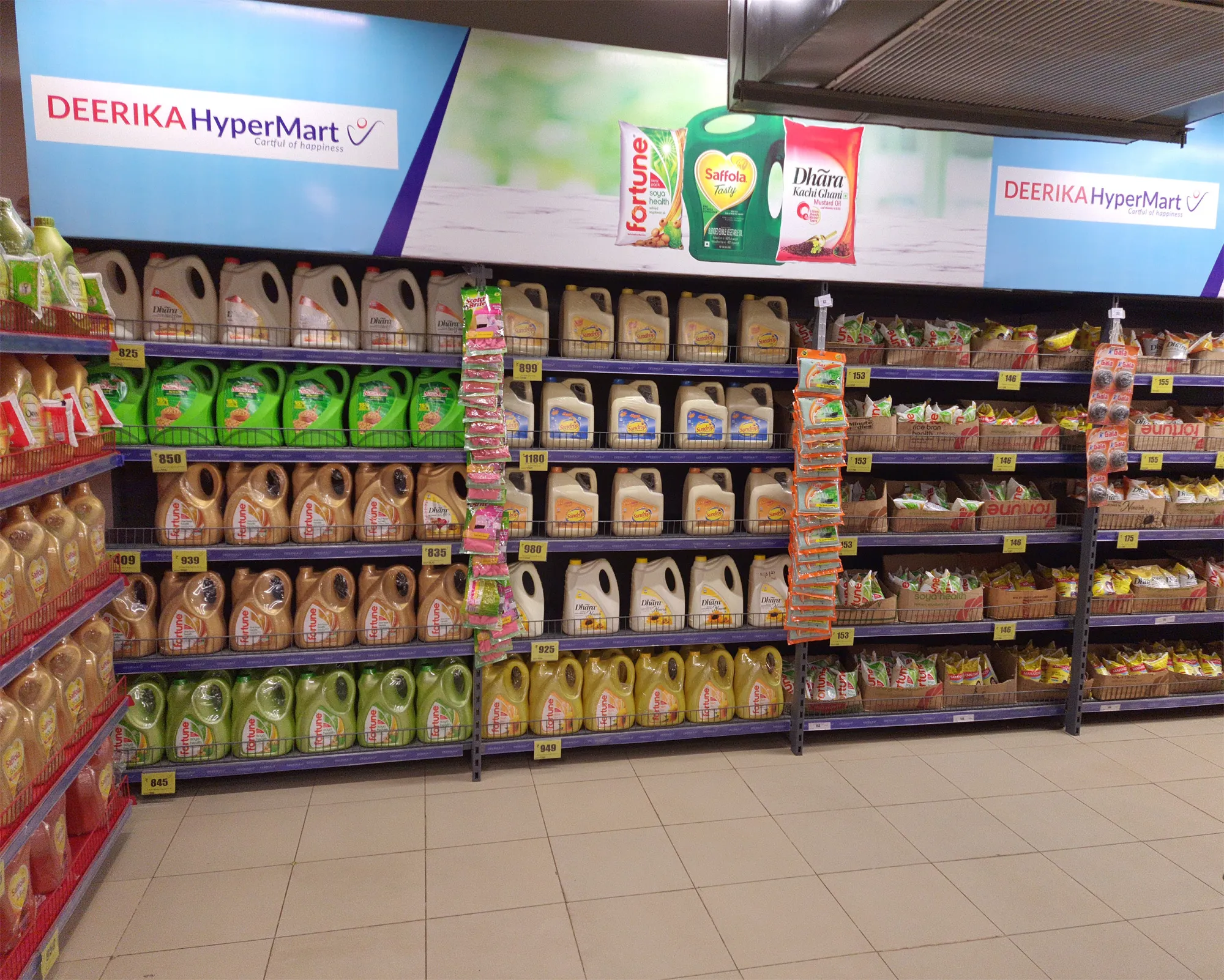
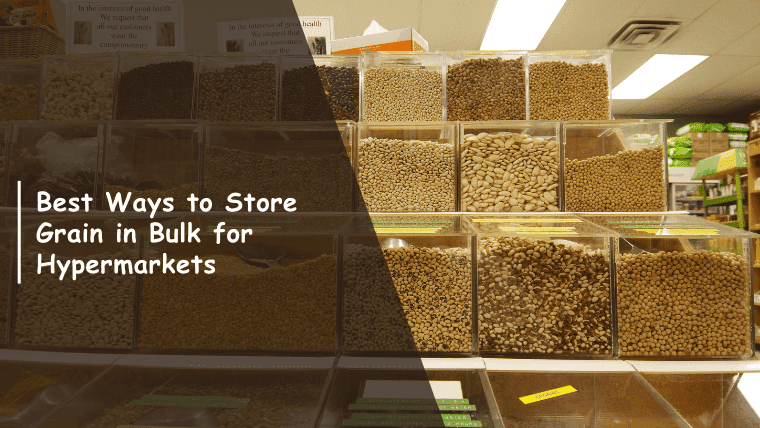
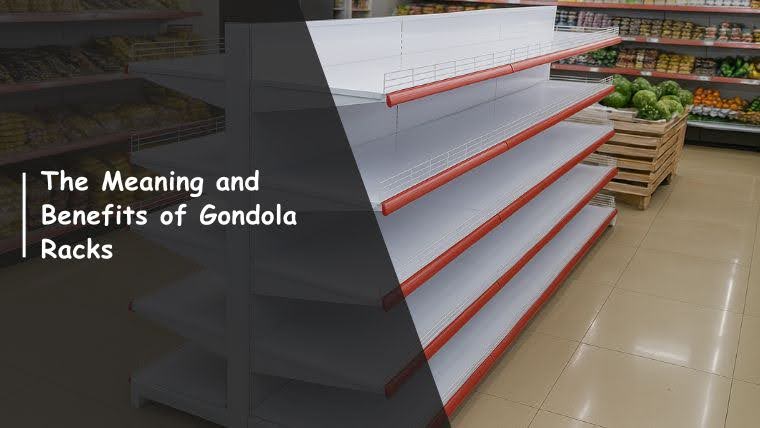
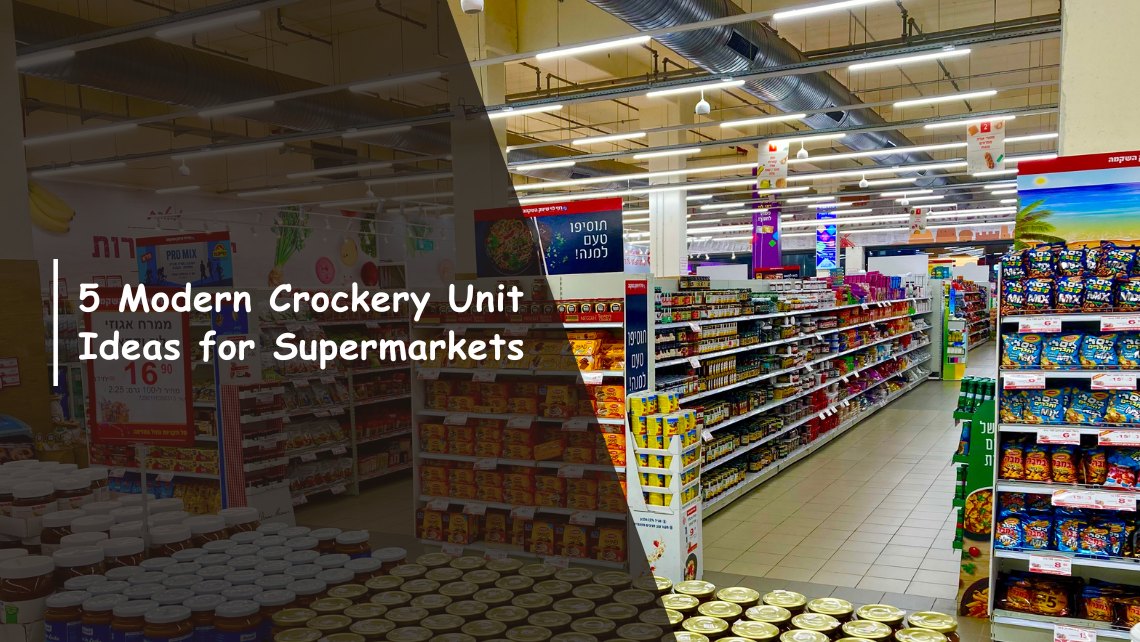
Ready to Upgrade Your Process Operations?